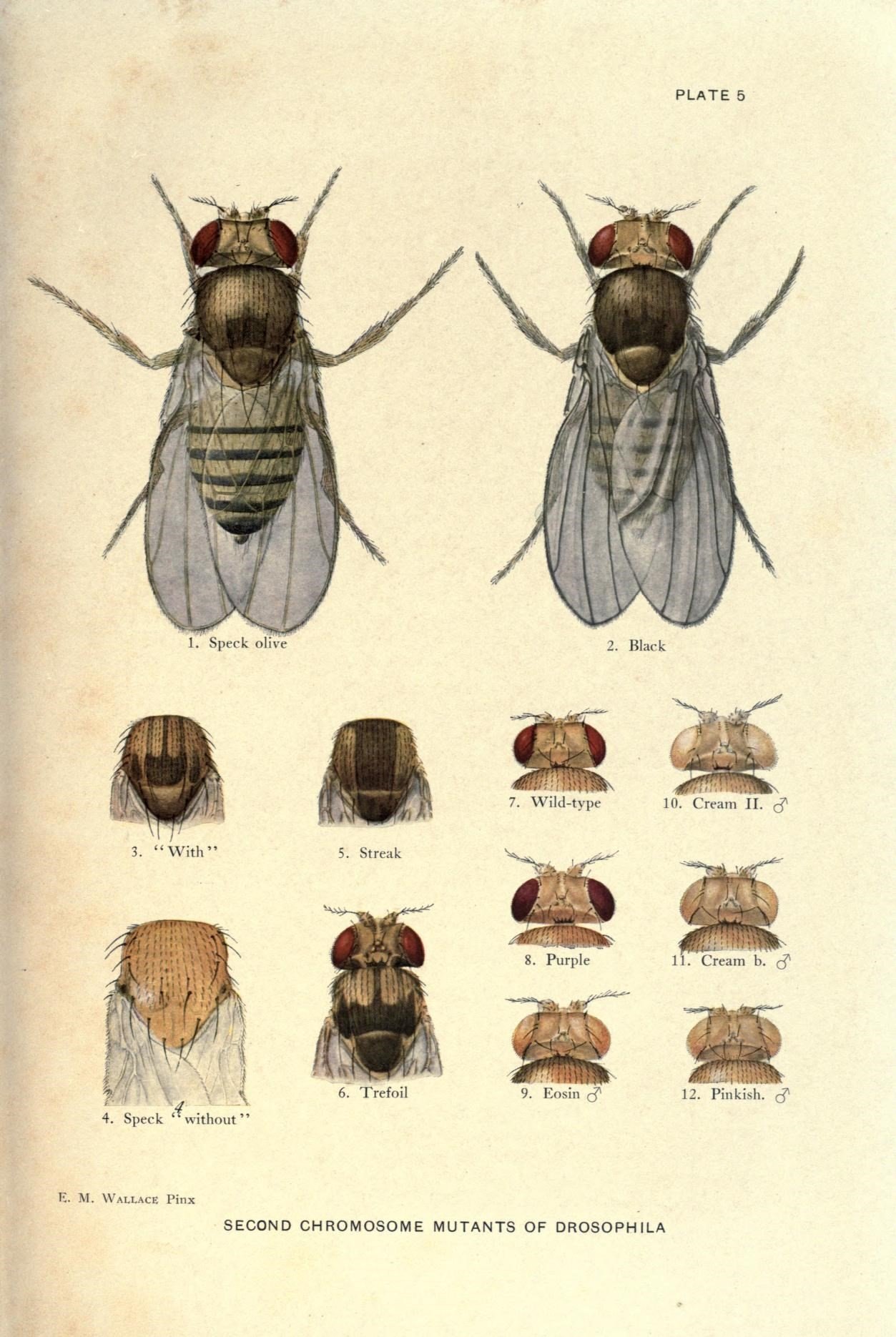Intersecting Worlds: The Synergistic Dynamics of Art, Science, and Research
Leonardo da Vinci, Vitruvian Man, 1492. Image from Wikimedia Commons.
The exploration of the relationship between art and science necessitates a clear understanding of both domains. Art encompasses a wide range of human activities in creating visual, auditory, or performed artifacts, expressing the author's imaginative, conceptual ideas, or technical skill, intended to be appreciated primarily for their beauty or emotional power. Science, in contrast, is the systematic study of the structure and behavior of the physical and natural world through observation and experiment. At the intersection of art and science lies a rich field of inquiry where creativity meets rigor, and intuition intersects with empirical investigation.
What Do We Mean by 'Research'?
Research is fundamentally the pursuit of new knowledge or the refinement of existing knowledge through systematic investigation. It involves the collection, organization, and analysis of information to increase our understanding of a topic or issue. In science, this often means research involving experimental and quantitative methods. In the arts, research might be practice-based, involving the creation of new work as a means to generate knowledge or insights. Thus, research serves as a bridge between theory and practice, offering a structured approach to inquiry that spans across disciplines.
Role of Research in Art
Research in art plays a crucial role in expanding the boundaries of artistic practice and understanding. Artists often engage in research to explore new techniques, understand historical contexts, or gather inspiration from various sources. This research can be as rigorous as any scientific study, involving experimentation, documentation, and critical analysis. Furthermore, research in art not only informs the creation process but also contributes to the discourse around art, challenging existing paradigms and introducing new perspectives. Through research, art evolves, reflecting and influencing the cultural and social contexts from which it arises.
Impact of Art on Science
Art impacts science in several profound ways. Firstly, it can serve as a tool for visualization and communication, helping scientists to conceptualize complex phenomena and convey scientific concepts to broader audiences. Artistic approaches can also inspire innovative solutions to scientific problems, as the creative processes involved in art-making encourage lateral thinking and the exploration of alternative possibilities. Moreover, art can critique and humanize science, reminding us of the ethical dimensions and societal implications of scientific endeavors.
Case Studies
Leonardo da Vinci, Anatomical studies of the shoulder. Image from Wikimedia Commons.
Leonardo da Vinci's Anatomical Studies: Leonardo's detailed drawings of the human body based on dissections were not only artistic masterpieces but also significant contributions to anatomical science. They bridged art and science, providing insights that were ahead of their time. His meticulous observations and representations challenged conventional knowledge and paved the way for a deeper understanding of human anatomy.
Contributions to the genetics of Drosophila melanogaster.Washington, Carnegie Institution of Washington,1919. Image from https://www.flickr.com/photos/biodivlibrary/albums/72157635410843402/
The Drosophila Genetics Art Project: This project involved artists and geneticists collaborating to explore the fruit fly's role in genetic research. The resulting artwork provided new perspectives on genetic data and its implications, illustrating the mutual enrichment of art and science. By translating complex scientific information into visual forms, the artists facilitated a more accessible and engaging dialogue around genetics, fostering public understanding and appreciation.
Paul Calle, Power, 1963, National Aeronautics and Space Administration collection. Calle Space Art.
NASA's Artist Residency Program: NASA's collaborations with artists offer unique interpretations of space exploration's achievements and challenges, engaging the public imagination and fostering a deeper appreciation of science through artistic expression. The artists' works capture the awe and wonder of scientific discovery, while also raising important questions about the human experience and our place in the cosmos. This symbiosis between art and science encourages a more holistic and interdisciplinary approach to understanding the universe.
In conclusion, the relationship between art and research is intricate, multifaceted, and mutually enriching. While art and science may employ different methodologies and pursue distinct goals, they share a fundamental commitment to inquiry, exploration, and the pursuit of knowledge.
AN: Greetings to all our readers. I regret the absence of new content last week, as I was deeply involved in external research and in the final stages of completing my dissertation. I'm now back and eager to hear from you. Please feel free to drop any topic suggestions you might have in the comments below!




